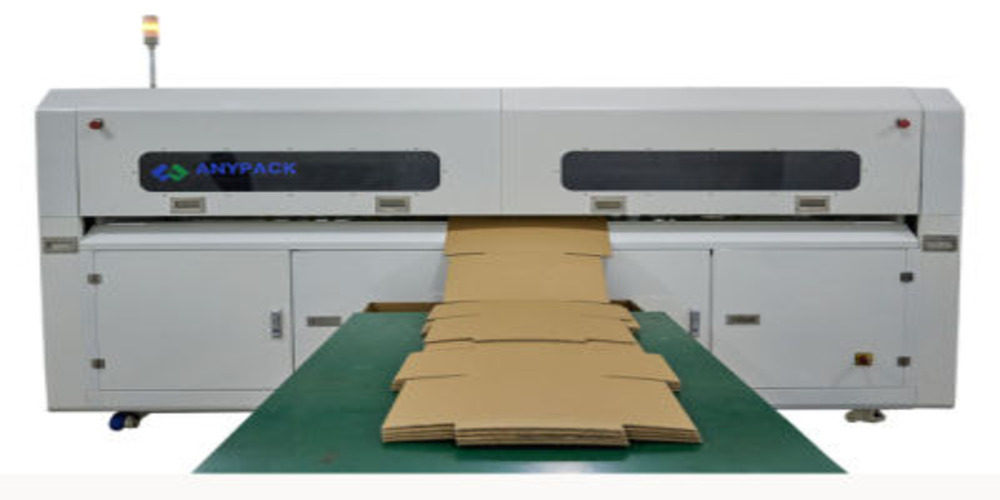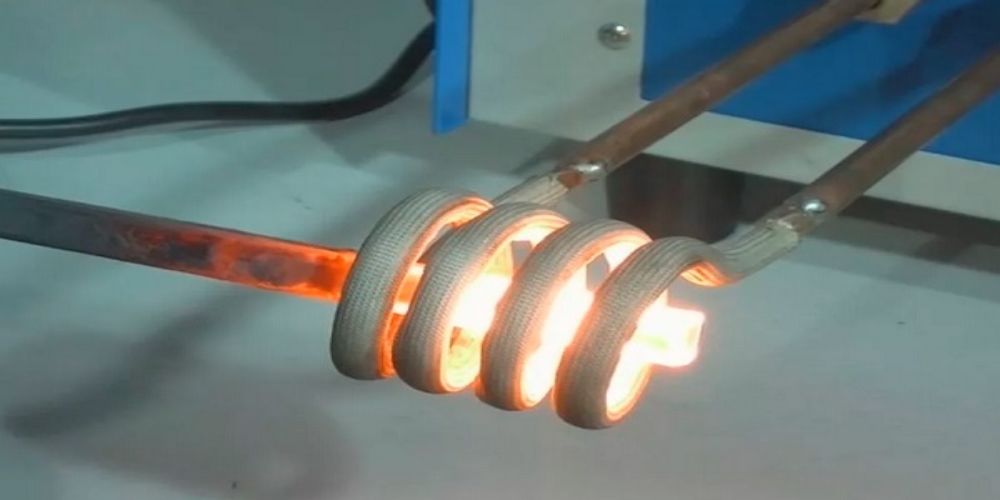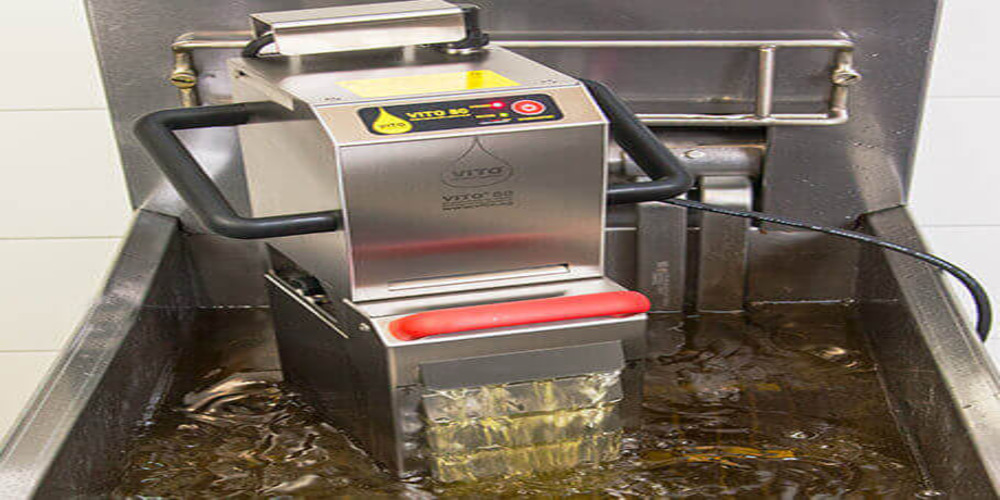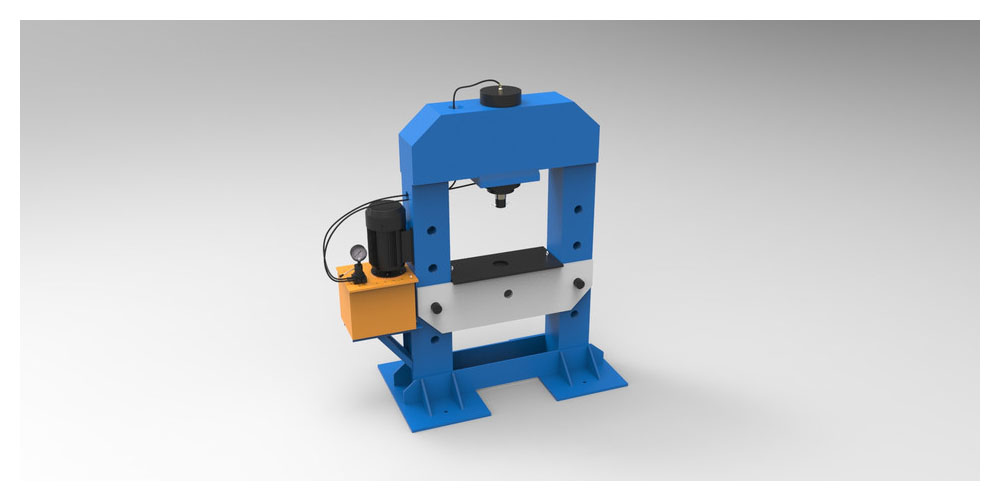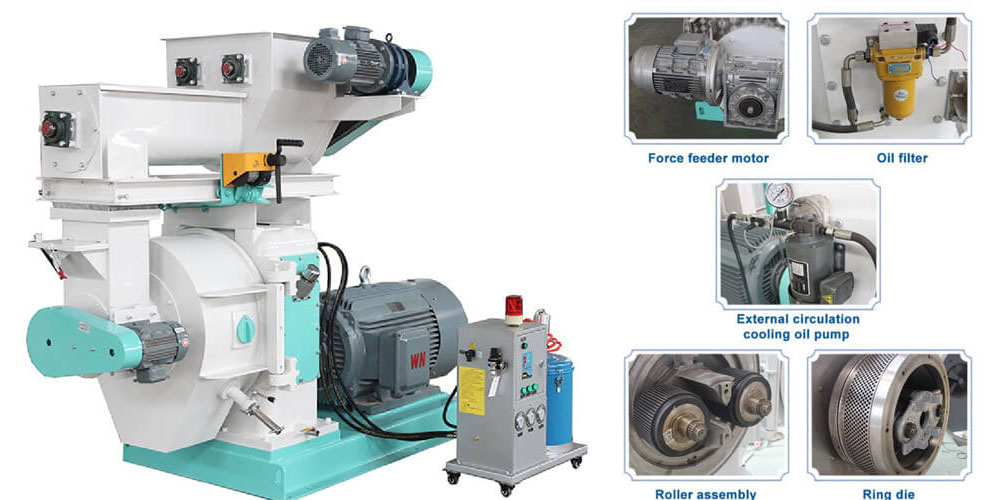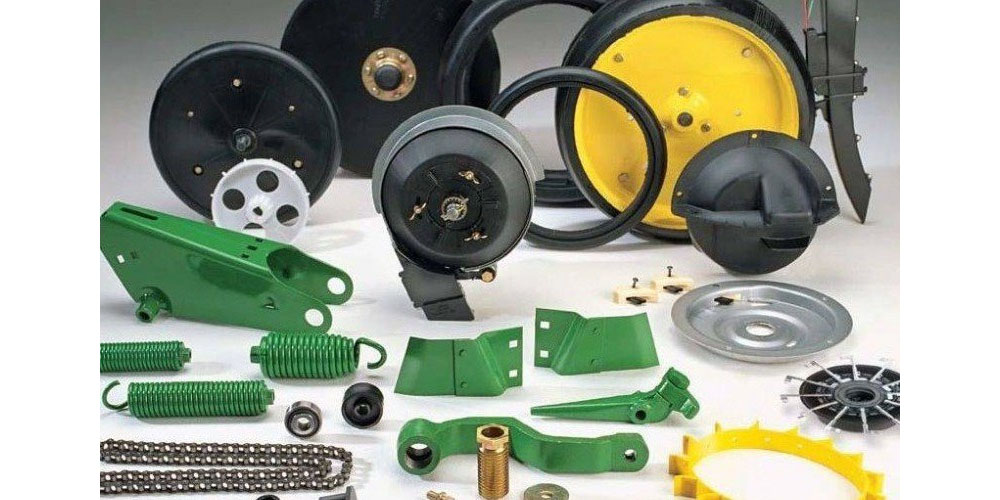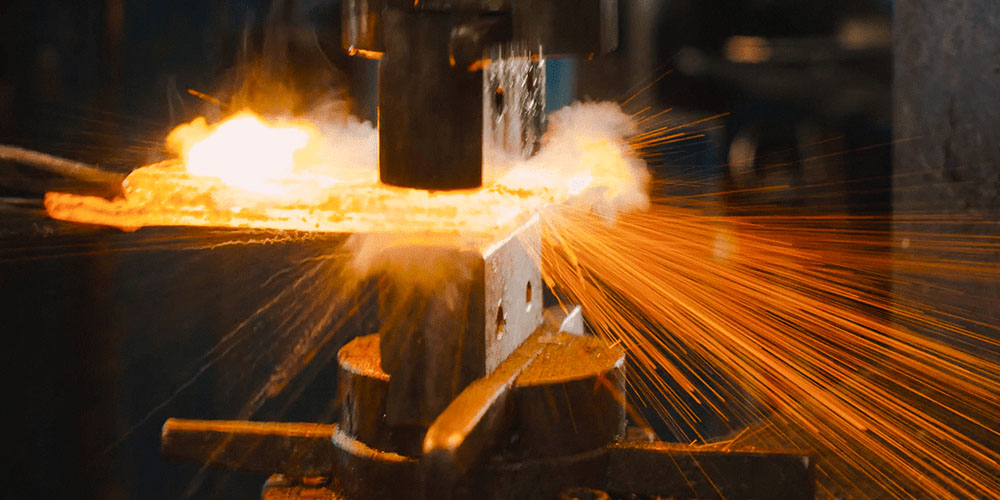Teeth for milling roads are essential components in road construction and maintenance, playing a significant role in the milling process to remove old asphalt or concrete surfaces and create smooth roadways. The proper selection of teeth for milling roads with the ideal tooth design can greatly impact the efficiency and effectiveness of the milling operation.
With a wide range of tooth designs available in the market, road contractors must carefully consider various factors to choose the most suitable tooth design for their specific milling needs. For top-quality teeth for milling roads and a wide selection of cutting tools, road contractors can rely on JYF Machinery and explore more items… on their website to ensure optimal performance and productivity in their milling projects.
Factors to Consider
Let us explore the essential factors to consider for selecting the ideal tooth design for teeth for milling roads to ensure optimal performance and productivity.
Material and Application
One of the critical factors to consider when selecting the ideal tooth design is the type of material being milled and the application. Different tooth designs are better suited for specific materials and milling tasks.
For example, a fine tooth design with more teeth per drum inch is ideal for milling hard materials, while a coarser tooth design with fewer teeth per drum inch is better for softer materials. Understanding the material and application requirements is essential to choose the right tooth design for efficient milling.
Tooth Shape and Cutting Angle
The shape and cutting angle of teeth for milling roads significantly impact their cutting performance. Teeth with a tapered design and a sharper cutting angle are more efficient at cutting through tough materials, while teeth with a flat design and a shallower cutting angle are better suited for less abrasive materials.
It is crucial to select the tooth shape and cutting angle that match the material’s hardness and the desired milling outcome.
Tooth Pattern and Spacing
The tooth pattern and spacing play a crucial role in the cutting action and surface finish. Teeth with staggered patterns provide a more consistent and smoother surface finish, while teeth with straight patterns offer better penetration for tough materials.
The spacing between teeth also affects the milling performance, with wider spacing providing better chip evacuation and reducing the risk of clogging.
Carbide Insert Quality
The quality of the carbide inserts used in teeth for milling roads is essential for their durability and cutting efficiency. High-quality carbide inserts with superior wear resistance and toughness can withstand the rigors of the milling process, resulting in extended tool life and reduced maintenance costs.
Road contractors should opt for teeth for milling roads with reputable carbide insert brands for optimal performance.
Tooth Holder Compatibility
It is of utmost importance to ensure the compatibility of the chosen tooth design with the existing tooth holders on the milling machine to facilitate a smooth and seamless replacement process.
Road contractors should meticulously select tooth designs that perfectly match their machine’s tooth holder system, thereby preventing any potential compatibility issues that could arise during the installation procedure.
By carefully considering the compatibility aspect, road contractors can avoid unnecessary setbacks and delays in the replacement process, ensuring that the milling machine operates at its optimal performance levels.
Cost-Effectiveness
While selecting the ideal tooth design is crucial, road contractors should also consider the cost-effectiveness of the chosen teeth. High-quality teeth may have a higher initial cost but offer better performance and longevity, resulting in cost savings in the long run.
Investing in durable and efficient teeth for milling roads from JYF Machinery can lead to reduced maintenance and replacement expenses, making it a cost-effective choice.
Bottom Remarks
Selecting the ideal tooth design for teeth for milling roads is a critical decision that significantly impacts the efficiency and productivity of the milling operation. Factors such as material and application, tooth shape and cutting angle, tooth pattern and spacing, carbide insert quality, tooth holder compatibility, and cost-effectiveness should all be carefully considered when choosing the right tooth design.



